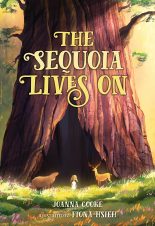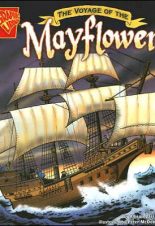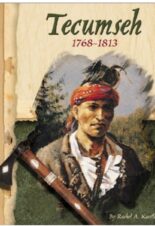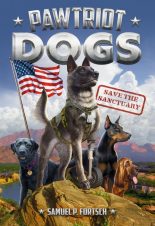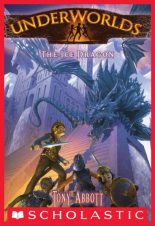
Buy This Book
Other books by Nico Medina
“Fight. Feast. Repeat. This was the Vikings’ idea of heaven.” –Who Was Leif Erikson?
Who Was Leif Erikson?
by Nico Medina
AR Test, Teaches About Culture
8+
Score
6.1
112
Hold on to your Viking helmets as you learn about the first known European to set foot in North America in this exciting addition to the Who Was? Series!
Leif Erikson was born to be an explorer. His father, Erik the Red, had established the first European settlement in present-day Greenland, and although Leif didn’t yet know it, he was destined to embark on an adventure of his own.
Leif, the wise and striking Viking, landed in the area known as Vinland almost five centuries before Christopher Columbus even set sail! “Leif the Lucky” and his fierce, sea-fearing crew were accomplished navigators who raided foreign lands for resources, hunted for their food, and passed down Old Norse myths from one generation to the next. This book gives readers a detailed account of what life was like during the time of the Vikings.
Who Was Leif Erikson? includes information about Erik the Red and other historical figures such as Harald Fairhair, the First King of Norway. To establish Leif’s background, the book also includes information about Viking culture, such as “the Thing,” which was the oldest parliament in Europe. Plus, readers will learn about Scandinavia, Greenland, and Vinland. The historical information is fascinating, but the Vikings were feared for a reason—their culture was violent and included killing and enslaving people.
One of Leif’s accomplishments was bringing Christianity to the Vikings. This section explains the Vikings’ belief in Asgard and the Norse Gods in detail. The Viking warriors “were training for the battle at Ragnarok, the end of the world—the ultimate battle between good and evil.” Anyone who has watched the Avengers movies will notice how the Viking culture inspired Stan Lee. The book ends by explaining how the Vikings are still remembered today in pop culture and the football team, the Minnesota Vikings.
Take a step back in time and learn more about the 1000s and the Vikings’ search for new lands. The book has an easy-to-read format with large font. Large black-and-white illustrations appear on almost every page. Many of the illustrations show maps, people, and objects from the time period. For example, there are illustrations of the Vikings’ longships, their longhouses, and other aspects of their daily life. The wide array of illustrations and the short chapters will help keep readers interested until the end. Scattered throughout the book are one-page infographics that give more information about the time period, such as how stories were passed down from generation to generation. The end of the book includes a timeline of the Vikings and a timeline of the world during that time period.
The fierce Viking culture and the Norse Gods still impact the world today, and readers will be fascinated to learn more facts about Erik the Red and Leif Erikson. The Vikings were brave warriors seeking adventure, and although they were known for plundering and killing Who Was Leif Erikson? explains why many people are proud of their Viking heritage. Readers who want to learn more about the Vikings should read Voyage with the Vikings by Marianne Hering & Paul McCusker. To jump on another ship of a famous voyager, read Ice Wreck by Lucille Recht Penner and Who Was Ferdinand Magellan? by Sydelle Kramer.
Sexual Content
- None
Violence
- Both Leif’s grandfather and father murdered someone from their own village.
- The Vikings acted like pirates. In the summer, Erik the Red and his men “sailed away in search of villages to threaten. In these violent and deadly raids, Erik and his fellow Viking warriors burned villages to the ground. . . Villagers who weren’t killed might be taken as slaves.”
- A Viking raid attacked a Christian monastery. “The Viking invaders descended on the monastery ‘like stinging hornets’. . . They robbed, tore, and slaughtered everyone—priests and nuns alike. . . Monks were taken as slaves or drowned in the sea.”
- The King of Norway tried to conquer England and was “killed in battle.”
- The Vikings believed that storms were caused by Thor, the god of storms and thunder, who “killed giants in the sky with his massive hammer.”
- While exploring North America, Thorvald, a Viking warrior, discovered it “was already someone else’s home. Immediately, Thorvald and his men attacked, killing eight of the nine native men.” The native people attacked the Vikings. “As Thorvald and his men ran back to their ship, arrows rained down on them. Thorvald was struck and later died.”
- When a native was “caught stealing weapons, he was killed on the spot.”
Drugs and Alcohol
- The Vikings drank beer with meals.
Language
- None
Supernatural
- None
Spiritual Content
- Some people in England “wondered if these fearsome warriors [the Vikings] in their terrifying dragon ships had been sent by God to punish them.”
- When some of the Vikings moved to England and Iceland, they “began converting to Christianity.”
- The Vikings worshipped many different Gods, but King Olaf wanted to convert everyone in Norway to Christianity. “Leif Erikson wasn’t so sure the Greenlanders would want to leave behind all the gods they had grown up believing in . . . The Vikings believed the universe was centered around one big tree: The World Tree.” Six pages describe the Viking’s beliefs and gods, including Odin, Loki, and Freya.
- To be fearless fighters, warriors wore the “skins of wolves and bears into battle. They believed the spirits of these fearsome animals possessed them, along with the spirit of their god Odin. . . They believed if they died bravely in battle, they would be taken to Valhalla.”
- Lief became a Christian and “spread the word of God among the fellow Greenlanders by bringing Christian missionaries with him.”
Other books by Nico Medina
“Fight. Feast. Repeat. This was the Vikings’ idea of heaven.” –Who Was Leif Erikson?
Latest Reviews
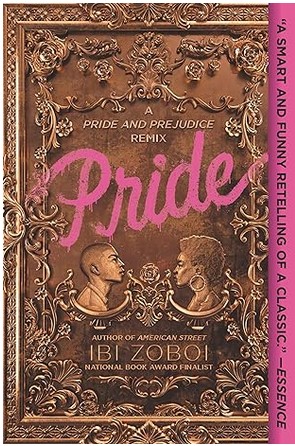
Pride: A Pride & Prejudice Remix
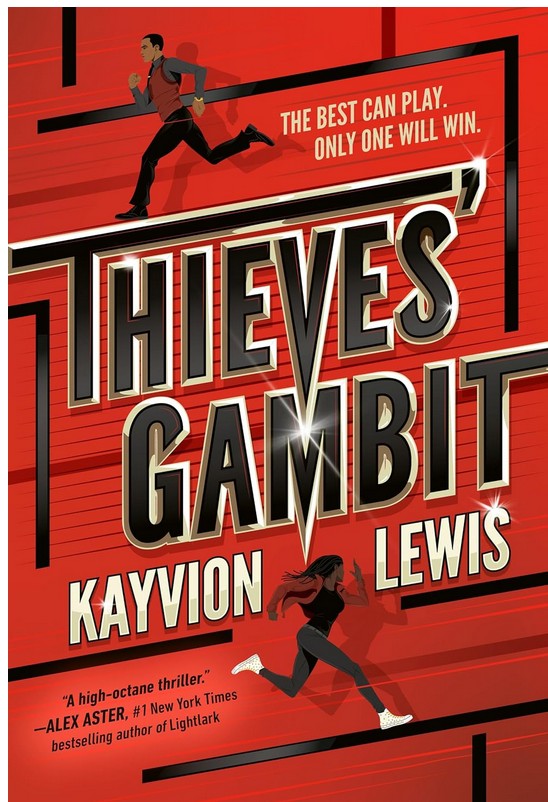
Thieves’ Gambit #1

Dreamology
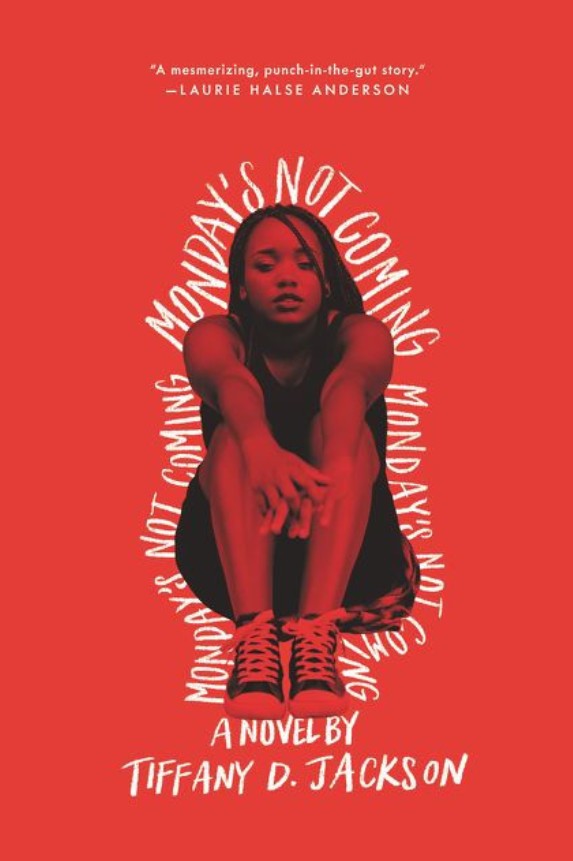
Monday’s Not Coming

Pinkalicious

Driven

Goodbye Days

Blood of Troy

Will’s Race for Home


